Odia Book Paraja By Gopinath Mohanty From OdishaShop
₹350.00
Out of stock
Email when stock available
Description
Order Now Odia Book Paraja By Gopinath Mohanty From Odisha Shop
PARAJA The year 1946 saw another masterly work by Gopinath Mohanty, the eminent novelist of Odisha. His novel Paraja centres round the Paraja clan of Koraput district in Odisha, depicting their culture, social-customs, traditions, rituals, and above all their problems. The novel hovers round the village of Sarasupadar.Starting with the meeting of Jili and Zaman on the banks of the Nirabjhola, till Sukrujani and Takra are-bonded in the house of the village money-lender, Sarasupadar is an eye-witness of everything.
From a structural point of view, we may divide the sequence of events in Paraja into two parts. First, theoppressed story of Sukrujani and second, the fading melancholy of Jili’s love. Sukru has been the victim oftreachery and conspiracy at the hands of Jangal Zaman, Gaon Naika, Faul Domba, Dhepuchalan, and he andhis son are made to render bonded service at the house of the Sahukar (money-lender). Mandiajani, on the,other hand, bonds himself as a ‘Goti’ to the Sahukar in an attempt to pay off the penalty ‘imposed on himwhile’ distilling wine unlawfully on the eve of ‘Pushparab’. Besides, the love affairs of Jili-Bagla and Kajodi-Mandia steadily run parallel to each other. The author has also taken care to present the free life of the Adivasi boys and girls, their love, and their marriage system. lie also shows how Jili is compelled by circumstances into a life of deterioration. Along with Bili she falls a prey to the illicit desire of the Gumasta.
The introduction of such characters as Rami and Mati is particularly important for the articulation of the sequence of events. Things have taken a centripetal turn for all the characters such as Sukru, Bili, Jili, Nandabali and the Sahukar. Sukru’s return to Sarasupadar marks the turning point for his family as he frees himself from the bond and picks up his two daughters from the labour colony. In course of time Nandabali isbetrothed to Jili and stays at Sukru’s house. Jili, who is seduced by the Sahukar with the assistance o fMadhughasi, finds herself thrown out by Sukru’s family, and she takes shelter at the Sahukar’s house in Kadambajhola village. The repeated requests of Sukru and Mandia to get their land back is turned down by the Sahukar. Helpless, Sukru knocks at the doors of the court, but in vain. Once again he goes back to theSahukar and begs for the land but the Sahukar kicks him with contempt. This is enough for Sukru; one blow of his axe finds the Sahukar’s head rolling on the ground.
Paraja, in fact, is a theme-based novel. The flow of events is uninterrupted. The sub-plots are used to build up the theme, and an absurd casting of characters is avoided. Internal conflict has been given priorityover external conflict. The clash between Sukrujani and characters like Zaman and the Sahukar has been well presented. Jili, Bagla, Jangal Zaman, Kau contractor and Ram Chandra Bisoi have been effectively delineated.The novelist is a skilled technician and can invest literary ardour in the spoken language. Moreover, hecan present the life history of the tortured, neglected and downtrodden people of Odisha in a realistic way.The use of mixed speech forms is another salient feature of the novel. The tribal characters such as Sukru,Tikra, Mandia, Kajodi, Jili and others use the tribal language, but others like Ramchandra Sahukar, JangalZaman, Faul Domba and Gumasta use the common language of the people. In other words, Paraja is a confluence of the tribal speech and the simple Oriya language. Either in their mutual dialogues or in a long speech by a sole character, the author makes clever use of a mixed mode of speech.
Although the style of Paraja is mostly descriptive, and at times pictorial, filled with poetic enthusiasm, it is also dramatic on several occasions. Events, scene after scene, have been effectively cohered in the novel as in a full-fledged drama. The thoughts of Sukru, Mandia and Tikra have found a vivid and colourful depiction at the hands of the author. Before entering into a bond with the Sahukar, Sukru takes a long time to decide. He broods over the bygone days and thinks of Sambari-his wife. Sukru is helpless and dejected. But the very next moment he makes up his mind to face the circumstances bravely. And Jili, who is betrothed to Bagla, restlessly dreams of a ‘golden tomorrow’. Paraja is an epic of tribal life, a saga of the life of the aboriginals, their hopes and aspirations, faith and dreams, customs and traditions, music and dance. Further, it gives a distinct regional flavour as it deals with the lives of a specific clan of people and, with all its regional uniqueness, it is remarkable for its poetic suppleness, deep insight and sureness of form.
Additional information
| Weight | 0.486 kg |
|---|

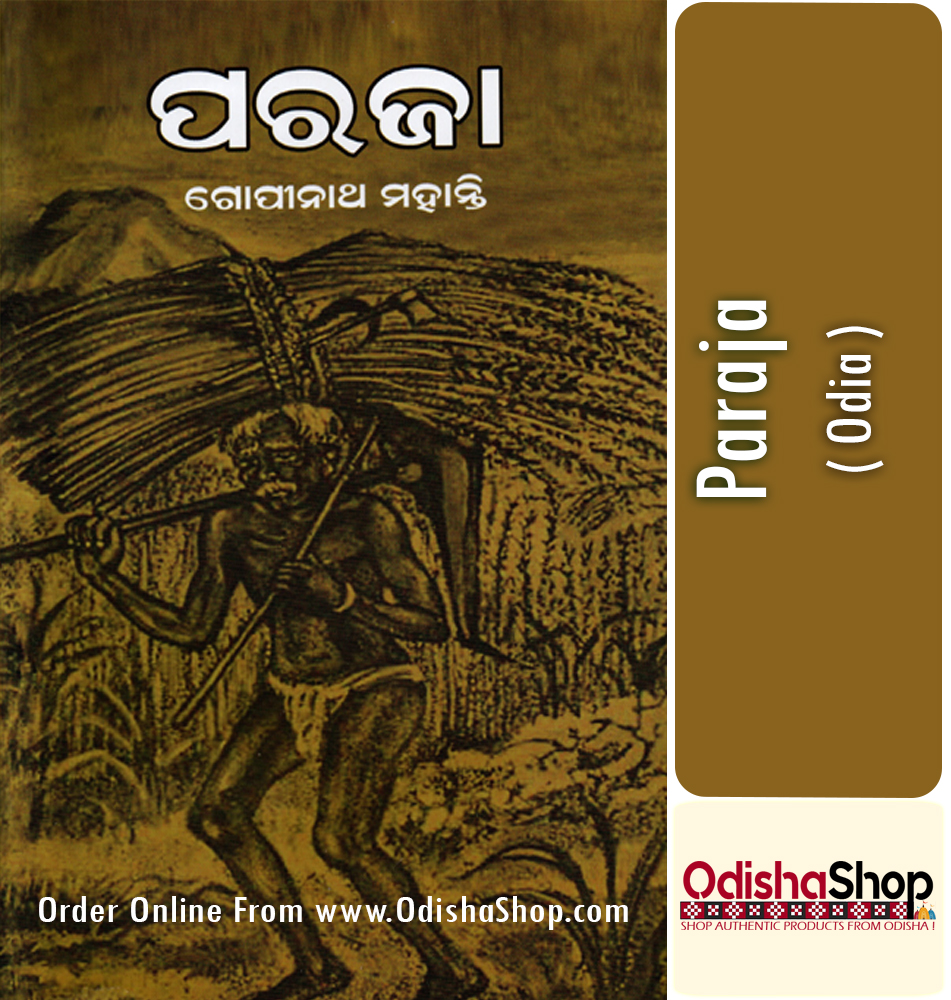
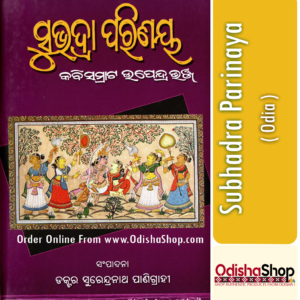
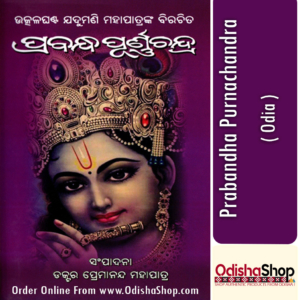
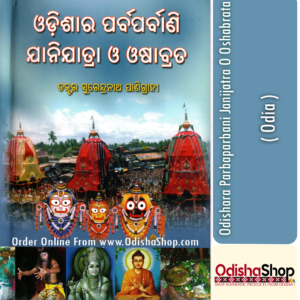
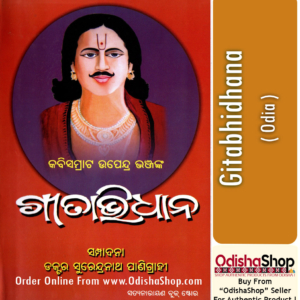
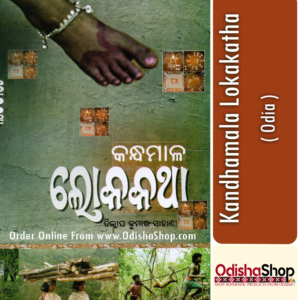
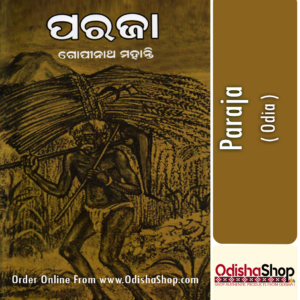
Reviews
There are no reviews yet.